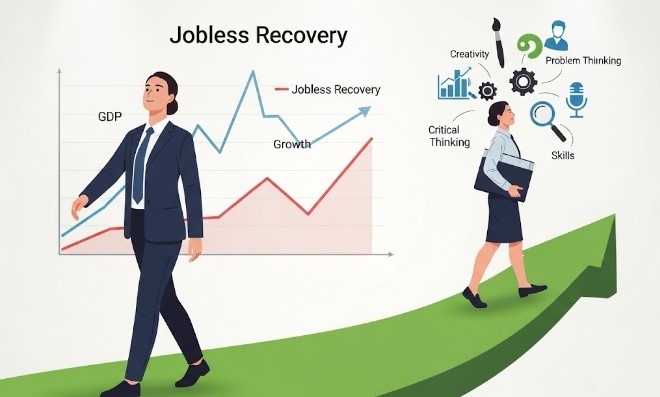In 2025, financial minimalism is more than just a trend—it’s a powerful mindset shift that helps people take control of their money, reduce stress, and build lasting wealth. As the world becomes increasingly digital and fast-paced, more individuals are discovering the freedom that comes from simplifying their financial life. This article explores how embracing minimalism with your money and lifestyle can lead to more financial abundance, emotional clarity, and long-term happiness.
What Is Financial Minimalism?
Financial minimalism means focusing on what truly matters. It’s about cutting out financial noise—unnecessary spending, cluttered subscriptions, lifestyle inflation—and replacing it with clarity, purpose, and conscious living. It’s not about deprivation, but about intentional choices that align with your values.
The Modern Problem: Too Much, Too Fast
We live in a world where buying is easier than ever. With one-click checkouts, targeted ads, and endless “buy now, pay later” offers, it’s easy to accumulate stuff—and debt. Financial minimalism counters this by slowing things down and asking one key question: “Do I really need this?”
Core Principles of Financial Minimalism
- Intentional Spending: You spend money on what you value, and cut ruthlessly where you don’t.
- Clarity Over Complexity: Fewer accounts, fewer apps, and fewer distractions.
- Long-Term Focus: Every financial decision supports your future freedom—not just short-term gratification.
- Debt Avoidance: You prioritize saving and investing over financing wants.
- Simplicity First: You choose quality over quantity, experiences over possessions.
How to Apply Financial Minimalism in Daily Life
1. Audit Your Spending
Review your past 90 days of expenses. Identify which purchases brought long-term value and which were driven by impulse, boredom, or pressure.
2. Cancel and Consolidate
Unsubscribe from unused memberships and consolidate multiple bank or investment accounts. Tools like Rocket Money or Truebill can help manage recurring payments easily.
3. Embrace a “One In, One Out” Rule
Before buying something new, get rid of something old. This applies to clothes, gadgets, and even subscriptions. It reinforces mindful consumption.
4. Declutter Your Finances Digitally
Use fewer apps. Stick to one budgeting tool, one investment dashboard, and one savings plan. Digital minimalism helps reduce decision fatigue.
5. Choose Value-Driven Investments
Financial minimalists invest in things that align with their life purpose: sustainable ETFs, long-term index funds, real estate, or even digital assets like tokenized income streams.
The Benefits of Financial Minimalism
- Less stress and decision overload
- More money to invest and save
- Greater freedom and time flexibility
- Deeper alignment between spending and values
- Improved mental clarity and emotional peace
Financial Minimalism Doesn’t Mean Poverty
Minimalism doesn’t mean living with nothing. It means living with intention. It’s the mindset of choosing what adds value and letting go of the rest. Many financially minimalist individuals are millionaires—they just don’t look like it.
Final Thoughts
Financial minimalism in 2025 is about owning your money—not letting it own you. It’s about creating space for freedom, peace, and growth. By simplifying your financial life, you gain more clarity, more control, and more room to pursue what truly matters. Less truly can be more—especially when it comes to your wealth.





Leave a Reply